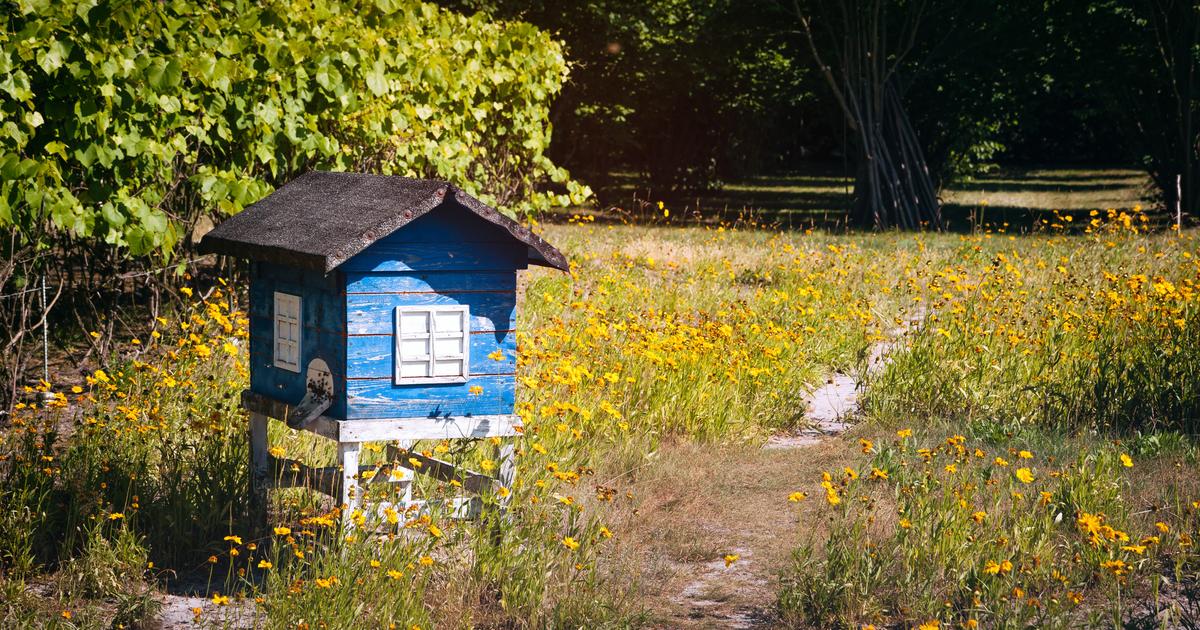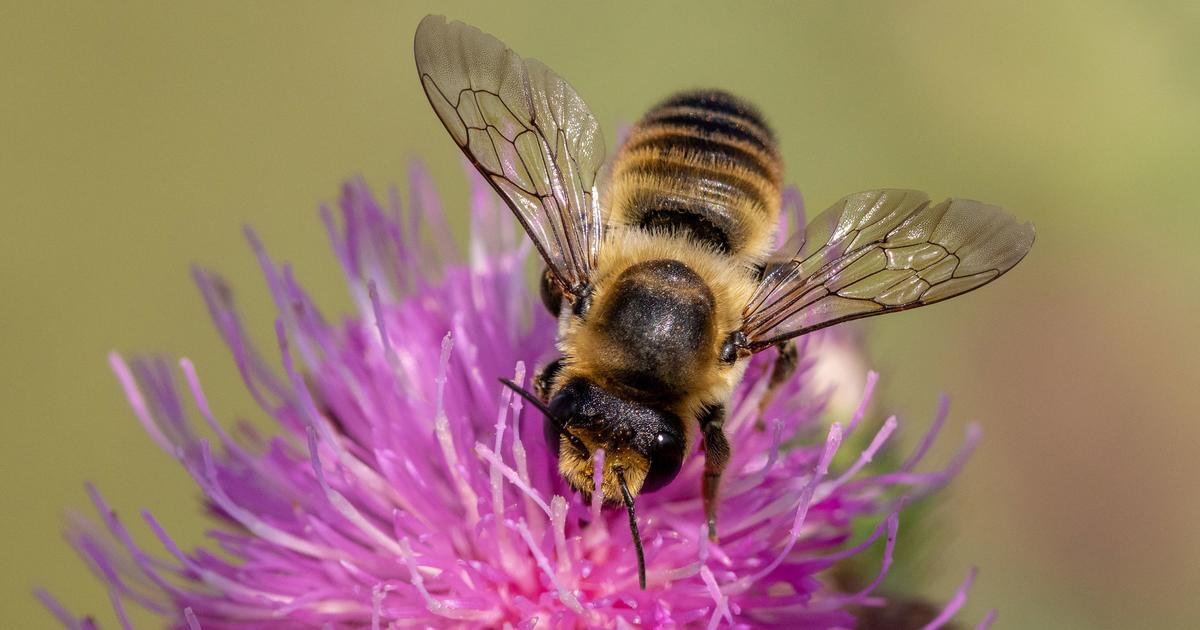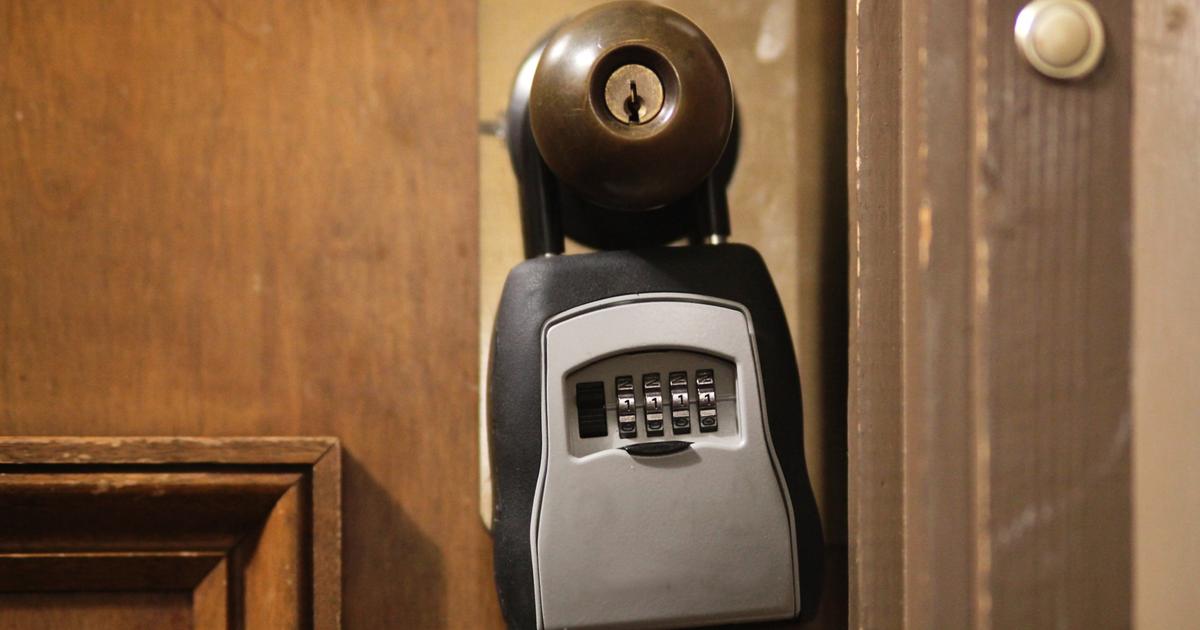You have made space in your garden and decided on a new project for this year: to start beekeeping.
Getting to know
bees
and their daily functioning and
harvesting honey
?
Here are all the questions to ask yourself before embarking on the installation of a
hive
.
To discover
True or false: fight misconceptions about the garden
Why are bees useful to humans?
First of all, it is important to remember that there are
two categories of bees
:
honeybees (used in beekeeping)
wild bees (which represent the majority of the 20,000 species listed on the planet - including around 1,000 in France)
A bee - whose lifespan is estimated between a few weeks and ten months for the most part - does not only produce honey, it gathers pollen on average 700 flowers per day.
Despite their small size, bees play an essential role, both for food security and for the
proper functioning of biodiversity
because they allow the stability of ecosystems.
Globally,
a third of food production depends directly on their pollinating activity
.
They are therefore an essential link in the chain in terms of the survival, quality and yield of plants (up to 80% for plants and flowers) and also fruits and vegetables, oilseeds, as well as fauna dependent on their actions, from birds to mammals to insects.
According to the Intergovernmental Science-Policy Platform on Biodiversity and Ecosystem Services, the value of ecological and economic services provided by bees is $577 billion.
However, in recent years, they have been victims of a phenomenon of weakening and mortality of their colonies throughout the world due in particular to chemical (pesticides) and biological (parasites and predators) causes.
Read alsoWhat are the powerful weedkillers banned in France?
If they disappeared, many plants would no longer be able to reproduce and would in turn disappear, resulting in the loss of many plant and animal species.
Why have a beehive in your garden?
To have a “homemade” honey
On average, a hive produces between 10 to 40 kg of honey per year.
However, it will be necessary to wait for the second year, the quantity produced the first twelve months serving as their food reserve.
Make a gesture for the environment and save an endangered animal species
Bees have been threatened for several years due to climate change, pesticides and other predators.
By installing a hive in your garden, you help maintain an entire ecosystem through pollination.
You are also preserving an endangered animal species.
SEE ALSO
: Bees: 30% of hives destroyed last winter
Have an even more beautiful garden
The bees will pollinate the plants in your garden which will be even more abundant.
What are the legal measures to take before setting up a beehive?
Beforehand, it is recommended to carry out an
initiation with a professional
or an association to know all the precautions to take and also to know how to install your hive, how to maintain it and then how to harvest the honey and check. that no family member likely to come into contact with the hive is allergic to bee stings.
Some administrative steps are to be taken to
comply with the law
.
Indeed, according to article n° 1385 of the Civil Code:
"The owner of an animal, or the person who uses it, while it is in his use, is responsible for the damage that the animal has caused, either that the animal was in his custody or that it was lost or escaped.
»
Choosing the location of the hive
A hive cannot be installed just anywhere for security reasons (housing, neighbourhood, etc.).
It is recommended to inquire with its town hall which will tell you in particular about article L211-6 of the rural code: "
The prefects determine, after consulting the general councils, the distance to be observed between the hives of bees and the neighboring properties or the public highway, without prejudice to the action for damages, if applicable.
»
In certain cases, article 207 of the Rural Code applies:
"However, hives isolated from neighboring properties or public roads by a wall, a palisade made of joined boards, a living hedge or dry, without solution of continuity.
These fences should be 2 meters above the ground and extend at least 2 meters on each side of the hive.
»
Read alsoHedge: pruning, maintenance, regulations
Legal declaration to be made when installing the hive
According to the Ministry of Agriculture and Food:
"Any beekeeper is required to
declare each year between September 1 and December 31 the bee colonies he owns or holds,
specifying in particular their number and their locations .
.
All colonies must be declared, whatever their size (in hives, hives, fertilization hives).
»
Each new owner of hives is required to complete a declaration as soon as the first colony is set up, in order to obtain a beekeeper's number (NAPI).
This declaration can be made online or by post by completing the Cerfa 13995*04 form (but only during the mandatory declaration period).
Address
DGAL-Declaration of hives, 251 rue de Vaugirard, 75732 Paris cedex 15
What are the regulations for the
consumption of honey
?
In the case of a hive whose consumption of honey is intended for
personal consumption only
, you just have to make the first declaration above.
The NUMAGRIN/NUMAGRIT number is no longer required.
In the case of a hive operation whose honey consumption is intended for
professional consumption
: a SIREN/SIRET number from the Business Formalities Center of the Chamber of Agriculture in your department is requested and will be necessary during the first declaration .
Finally, the owner of one or more hives must take out
civil liability insurance
(inquire with their own insurance to find out if it is included in your contract or contact the beekeeping union in your department to choose one).
Where to install a beehive in your garden?
If your garden complies with legal standards, you can install your hive wherever you want, preferably
near a hedge
to protect the hive and its inhabitants from possible bad weather,
high up
to avoid humidity and
near flowers
and other trees in an open area to allow the bees to move easily and
near a water point
.
It is recommended to wear light-coloured clothing, to leave no entry allowing them to sting your skin and to keep your smoker in your hand at all times.
Read alsoHives in the garden to save the bees
How to attract bees?
First of all, it is
not recommended to use any type of pesticide
and by installing the hive near "
melliferous
" flowers from which they forage for nectar and pollen.
It is possible to vary your flower plantations throughout the year by opting for lavender, dandelion, sunflower or even dahlia, as well as wild plants that will remind them of their natural habitat.
Read alsoGarden: a billion flowers to sow for bees
The vegetable garden can also be your ally with courgettes, cucumbers and peppers or aromatic plants (thyme, coriander, mint).
The orchard can also help bring them in, especially with apple trees, pear trees and cherry trees.
Bees are also
attracted to certain colors
, especially blue, green, and purple.
They also need a nearby natural water point.
Make them come but also make them stay
: indeed, some prefer to take up residence in a quiet place different from the hive, such as pieces of wood with holes, insect hotels or even keeping a space in the wild.
Read alsoHow to help insects get through the winter?
It is also recommended to check that no nest of Asian hornet – a predator known to feed on bees – has settled near their home.
Why we should no longer install beehives in the city
The approach of installing urban hives on the roofs of large buildings and in gardens in cities has flourished in recent years.
Communities or companies wanted to help the species to avoid its decline due in particular to intensive agriculture.
Indeed, according to various studies, including those conducted by the National Center for Scientific Research (CNRS) and the National Animal Health Epidemiological Surveillance Platform (ESA), the honeybee mortality rate tripled between the 1990s and 2019, rising from 10 to 30%.
Read alsoBees make their honeyin the city
But the opposite effect has occurred because their high concentration in urban areas has had the effect of competing with other pollinators, including bumblebees, butterflies and also wild bees.
According to a study published in 2019, after foraging on flowers, so-called domestic bees leave nothing for their wild, more solitary sisters who do not produce honey.
Due to the drought or the installation of hives on certain roofs of cities such as Paris or the Var, it has already happened that hungry bees rush into bakeries.
Some even took up residence in a Poissy perfumery a few years ago.
Read alsoHives in Parisian cemeteries
Consequently, some French cities such as Metz have therefore decided to no longer install additional hives in an urban environment and several specialists recommend the planting of ornamental and wild flowers.















